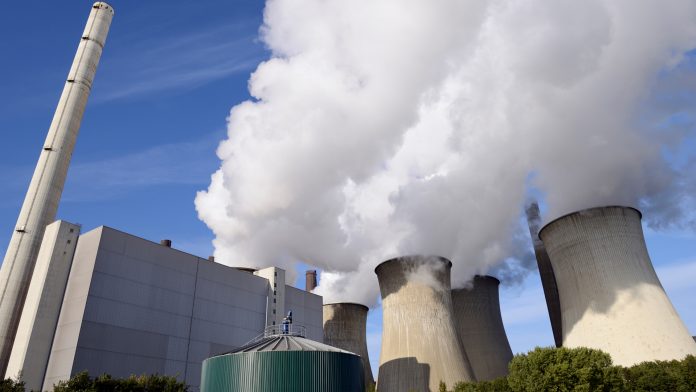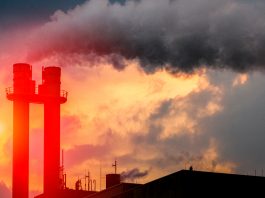For the first time on a global scale, using satellite imagery, scientists have quantified volumes of methane emissions due to fossil-fuel extraction activities and their impact on the climate.
A major contributor to the ever-increasing climate change dilemma, methane (CH4), has a global warming potential approximately 30 times higher than that of CO2, over a 100-year period. One quarter of anthropogenic emissions of this greenhouse gas originate in worldwide extraction of coal, oil, and natural gas (of which methane is the main component).
A study in 2018 already revealed that official US inventories greatly underestimated the actual emissions from oil and gas extraction and distribution activities. The observed discrepancy is seemingly due to undeclared sporadic releases of methane by industry operators.
An international research team, led by the Laboratoire des Sciences du Climat et de l’Environnement (CNRS/CEA/UVSQ), in cooperation with the firm Kayrros, have achieved a world first by completing a global tally of the largest emissions of methane into the atmosphere by the fossil-fuel industry.
Where are these enormous methane emissions originating?
These could be accidental or, the result of intentional venting associated with maintenance operations, which account for very large releases. To obtain their data, the researchers methodically analysed thousands of daily images generated by the ESA’s Sentinel-5P satellite over a two-year period.
This allowed them to map 1,800 methane plumes around the globe, of which 1,200 were attributed to fossil-fuel extraction. They deem the impact of such releases on the climate comparable to that of 20m vehicles on the road for one year.
These emissions account for 10% of the total industrial estimate. Yet, they are just the tip of the iceberg because the satellite is only able to routinely detect the biggest plumes (>25 tonnes per hour of CH4), which are also the most intermittent.
The researchers demonstrate that these massive releases of methane are not randomly located but always appear over particular oil and gas extraction sites. As borne out by observations of these releases, whose volumes depend on maintenance protocols and diligence in the repair of leaks, the rules implemented by states and businesses also play a major role.
Preventing these emissions
But would preventing these emissions be so costly to oil and gas operators that they prefer to pursue their current practices?
Their findings partly explain why official inventories generally underestimate the volume of these emissions. Therefore, stopping these releases, be they accidental or deliberate, would save those countries responsible billions of dollars.
By considering the underlying social costs related to climate change and air quality, as well as the monetary value of gas wasted, the study reveals that limiting them would yield billions of dollars in net savings for the countries in question. It emphasises the need for a reliable atmospheric monitoring system to thoroughly track emissions and estimate the impact of local measures aimed at abatement.









